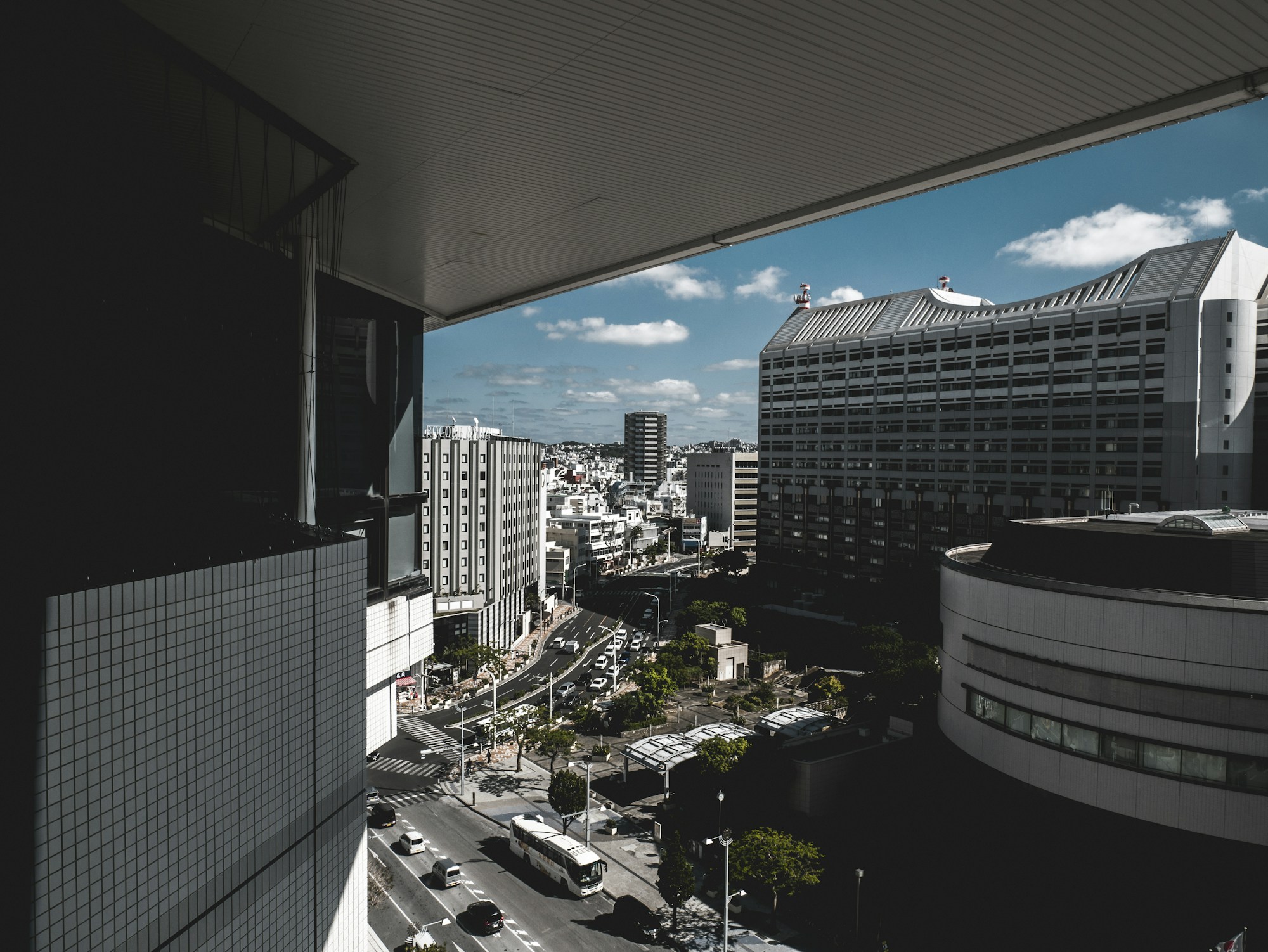Best Times to Visit Naha: Weather, Seasons & Ideal Months

Best Times to Visit Naha: Weather, Seasons & Ideal Months
Naha, the capital city of Okinawa Prefecture in Japan, is a popular tourist destination known for its beautiful beaches, vibrant culture, and historical sites. When planning a trip to Naha, it's important to consider the weather and seasons to ensure the best experience. Here is a guide to the best times to visit Naha based on weather conditions, seasons, and ideal months.
Seasons in Naha
Naha experiences a tropical rainforest climate, characterized by warm, humid weather throughout the year. The city has two distinct seasons: a wet season and a dry season.
Wet Season (May to October)
The wet season in Naha starts in May and extends until October. During this period, the city receives significant rainfall, with frequent typhoons and thunderstorms. The wet season is also characterized by high humidity and temperatures ranging from 25°C to 30°C (77°F to 86°F). It's advisable to carry an umbrella or raincoat during this time and plan indoor activities to avoid the rain.
Dry Season (November to April)
The dry season in Naha begins in November and lasts until April. This season offers pleasant weather with less rainfall and milder temperatures. The average temperature ranges from 15°C to 23°C (59°F to 73°F) during this period. The dry season is an excellent time to visit Naha for outdoor activities, sightseeing, and enjoying the beautiful beaches.
Ideal Months to Visit Naha
The ideal months to visit Naha are November, December, March, and April when the weather is generally mild and dry. During these months, you can explore the city comfortably without being bothered by excessive heat or rain. It's important to note that November and December can have occasional rainfall, so it's a good idea to bring a light rain jacket or umbrella.
Monthly Weather Overview
Here is a monthly weather overview for Naha to help you plan your trip:
| Month | Season | Humidity | Temperature (°C) | Sun Hours | Rainfall (mm) |
|---|---|---|---|---|---|
| January | Dry | 65% | 16-21 | 158 | 68 |
| February | Dry | 68% | 16-21 | 160 | 72 |
| March | Dry | 69% | 18-23 | 176 | 76 |
| April | Dry | 69% | 20-25 | 192 | 98 |
| May | Wet | 75% | 23-28 | 191 | 175 |
| June | Wet | 80% | 24-29 | 184 | 227 |
| July | Wet | 81% | 26-31 | 198 | 225 |
| August | Wet | 82% | 26-31 | 184 | 228 |
| September | Wet | 81% | 26-31 | 170 | 214 |
| October | Wet | 77% | 24-29 | 195 | 139 |
| November | Dry | 70% | 22-27 | 181 | 53 |
| December | Dry | 67% | 18-23 | 159 | 54 |
During the wet season, the humidity increases, and rainfall is at its peak. From November to April, the humidity reduces, and the city experiences less rainfall. The temperatures gradually rise from January to August and start to drop off from September to December.
The sun hours remain fairly consistent throughout the year, with November to April having slightly fewer hours of sunlight compared to the wet season.
While April and May experience the highest levels of rainfall, it's worth noting that typhoons are more common from July to September. However, typhoons in Naha are generally well-prepared for and are unlikely to affect your travel plans significantly.
Now that you have a better understanding of Naha's weather and seasons, you can plan your visit accordingly. Keep in mind that weather patterns can vary, so it is always advisable to check the forecast before your trip.
